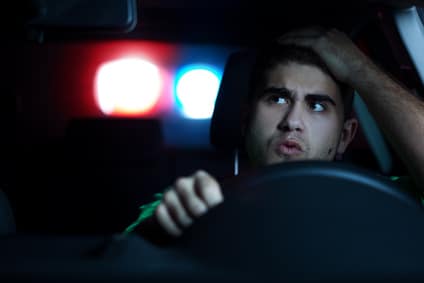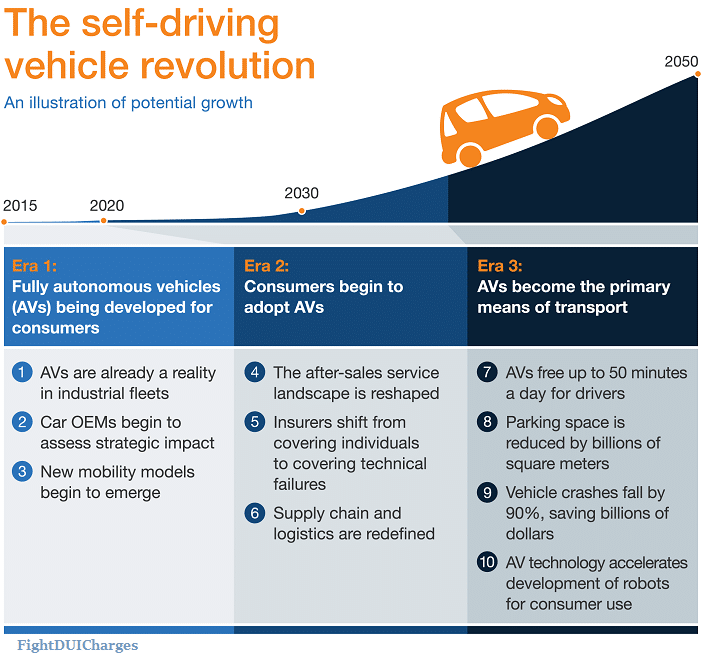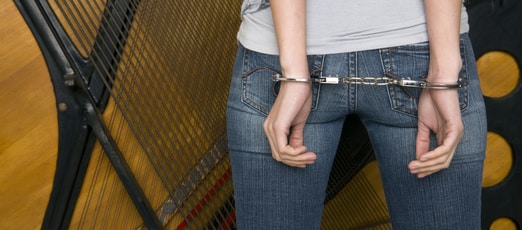As of early 2024, the National Highway Traffic Safety Administration (NHTSA) is developing “passive” driver alcohol detection technologies. These technologies include:
- Sensors: Interior vehicle sensors that can measure alcohol in the driver’s skin or breath
- Touch pads: Touch pads on steering wheels or ignition switches that use near infrared light to detect alcohol in the body
- Cameras: Automobile cameras that monitor eye movements to determine if drivers are intoxicated
- Air-sampling systems: Systems that can test and isolate the air exhaled by the driver
- Touch-based systems: Systems that can read blood alcohol concentration (BAC) through fingertips
Additionally, legislation is also pending that would require all new vehicles sold in the U.S. to have passive alcohol detection starting in 2026.
Cutting-Edge Technologies Changing DUI Prevention
The future holds transformative advancements to reduce DUI incidents and save lives.
Here are some of the most promising technologies shaping the future of DUI prevention:
- In-Vehicle Breathalyzers: Many new cars may soon be mandated to include integrated breathalyzers. This technology can prevent a driver from starting the vehicle if their blood alcohol concentration (BAC) exceeds the legal limit.
- Driver Monitoring Systems: Advanced cameras and sensors can monitor driver behavior for signs of impairment, such as drowsiness, erratic steering, or delayed reactions. These systems could alert the driver, trigger safety measures, or even prevent the car from functioning.
- Wearable Alcohol Detection: Imagine a smartwatch-like device that continuously monitors your sweat for alcohol levels. This technology could send alerts to the wearer or even trusted contacts if potential impairment is detected.
The Evolving Legal Landscape of DUI and DWI Prevention
Besides technology, the legal landscape surrounding DUI prevention is also evolving:
- Lower BAC Limits: Some states are considering lowering the legal BAC limit from 0.08% to 0.05%, making it even more difficult to drive legally after consuming alcohol.
- Mandatory Ignition Interlock Devices (IIDs): IIDs, which require a driver to provide a breath sample before starting the car, may become mandatory for all DUI offenders, even first-time ones.
- Expanded Sobriety Checkpoints: Law enforcement agencies could increase the frequency and visibility of sobriety checkpoints, leading to more effective deterrence of driving under the influence.
Case Scenario: How Future Tech Could Prevent a DUI
Imagine Daryl, who goes out for drinks with colleagues. He has wearable technology that alerts him when his BAC approaches the legal limit.
He decides to use a ride-sharing app instead of driving. Daryl’s night out remains enjoyable, and he avoids a potentially life-changing DUI arrest.
How These Changes Impact You If You’ve Been Arrested for DUI
The future of DUI prevention, hopefully, means fewer people facing the consequences of a DUI arrest.
However, if you’re currently facing charges, here’s what you need to know:
- Seek Experienced Local Legal Counsel: A seasoned DUI lawyer is invaluable in navigating the complexities of the legal system and fighting for the best possible outcome.
- Understand Current Penalties: DUI penalties will include fines, jail time, license suspension, and lasting consequences for your career and personal life.
- Focus on Rehabilitation: Even if convicted, demonstrate a commitment to rehabilitation through treatment programs or community service.
Let’s Work Together to Build a Safer Future
If you or a loved one are currently facing DUI charges, contact FightDUICharges for a free consultation with a top-rated DUI defense attorney in the area.
Let’s work together to navigate this situation and pave the way toward a safer future for everyone on the roads.

Taryn J. White is a legal research specialist and DUI law news reporter. Her current accomplishments include helping those facing any driving under the influence arrest charges, get free online assistance in learning how to fight a DUI case for the best possible outcome.




